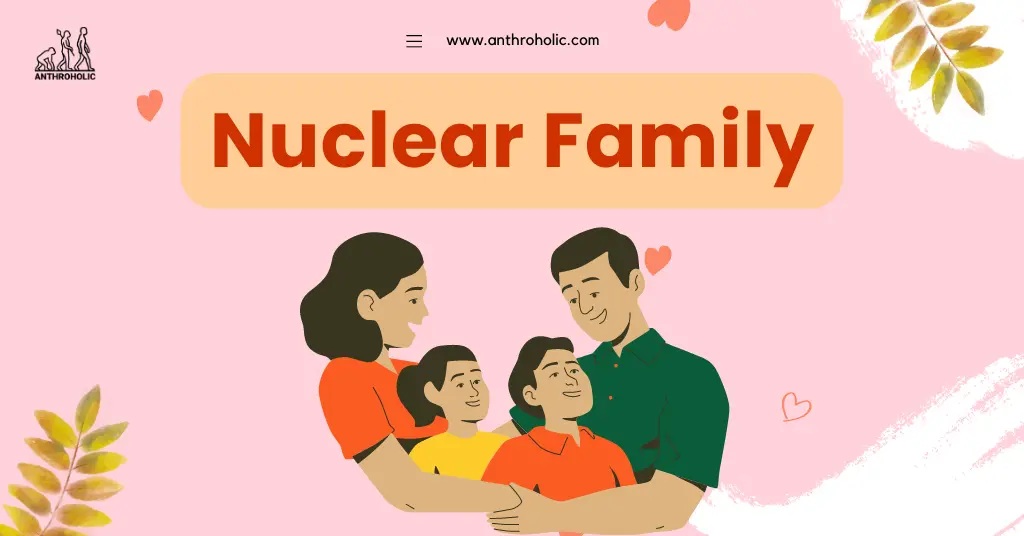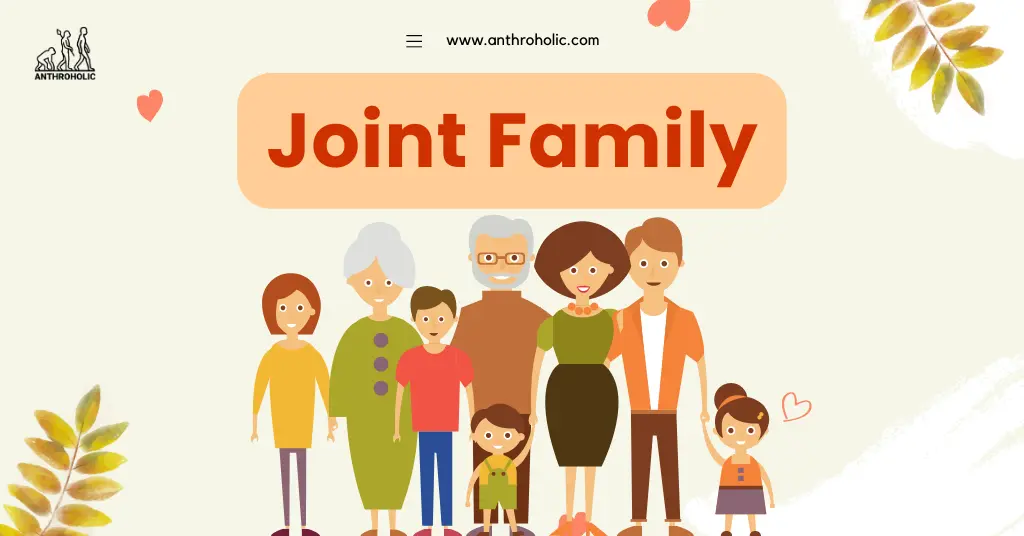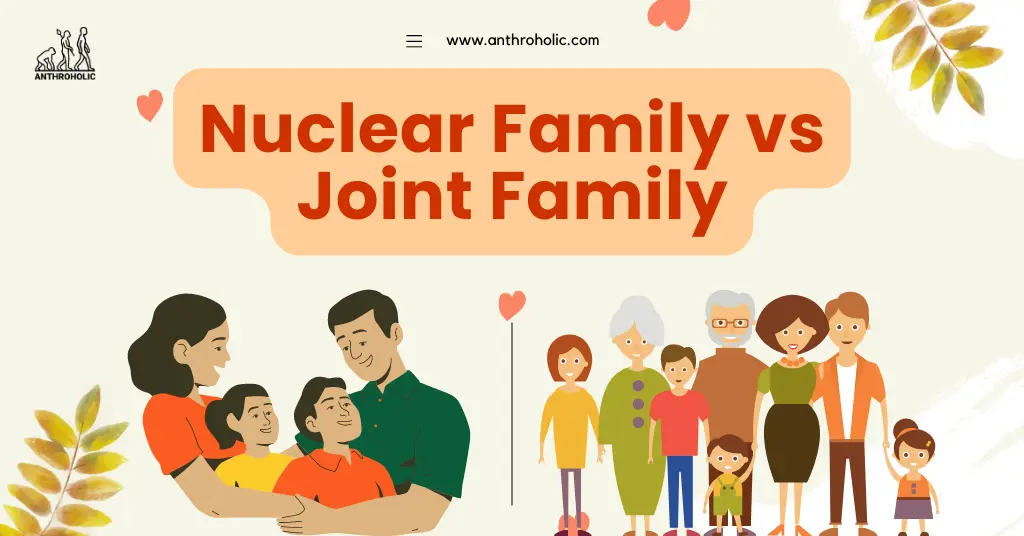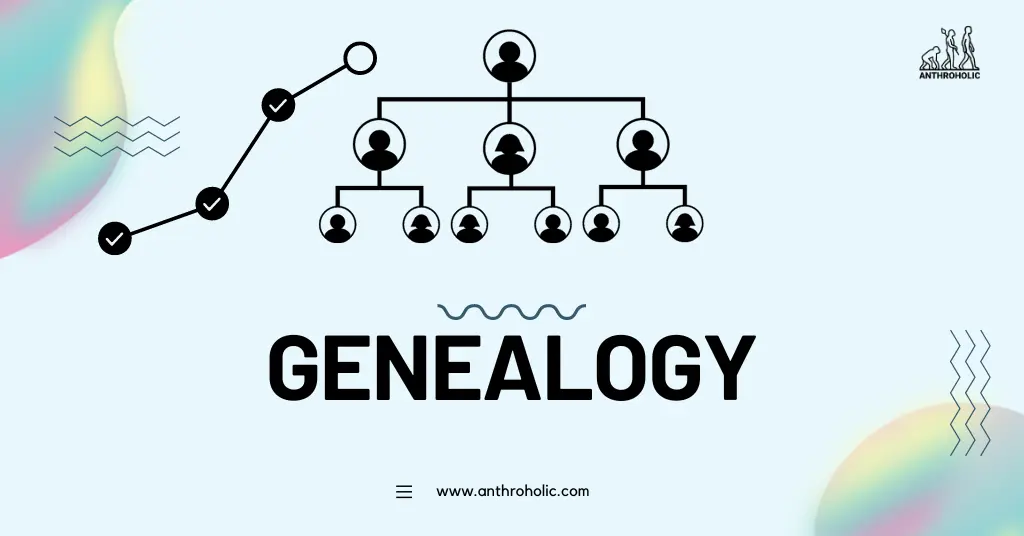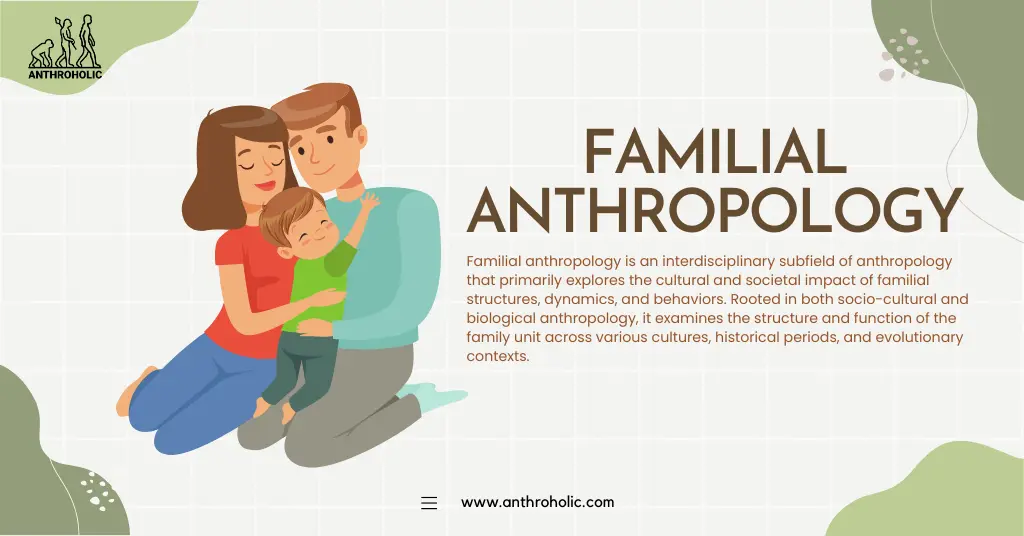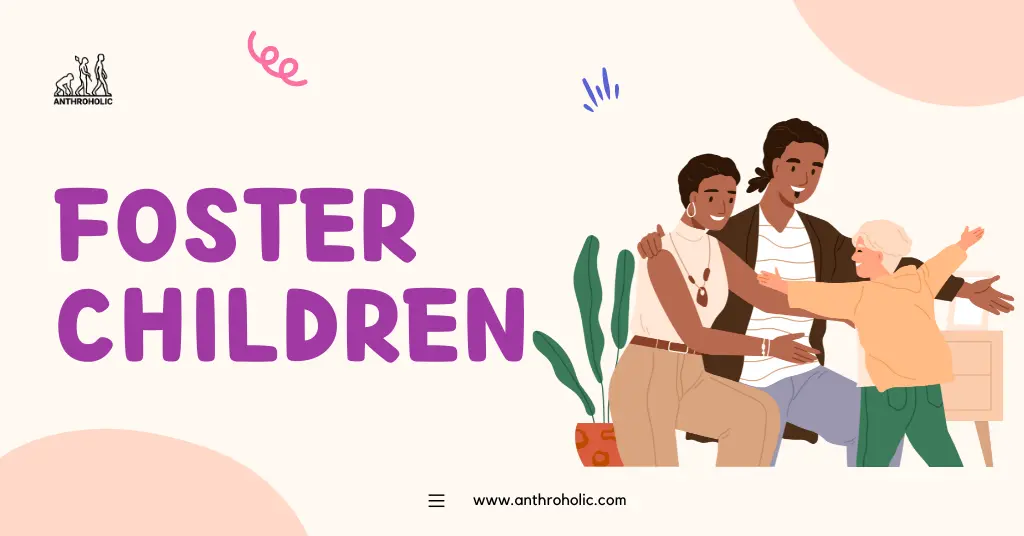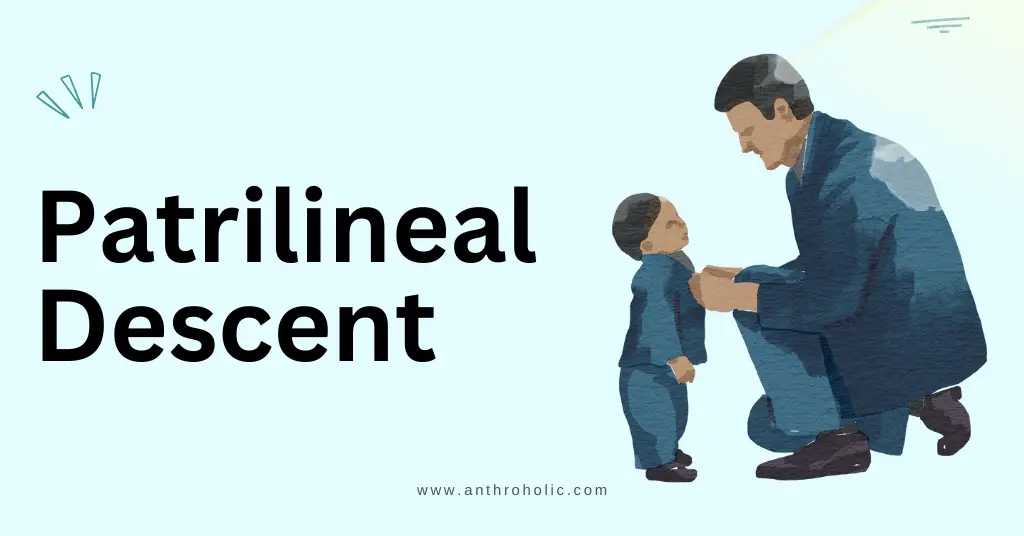AI Answer Evaluation Platform Live Now. Try Free Answer Evaluation Now

Is Feminism destroying Family Structure?
Presently, a wide variety of combined factors could destroy the family institution. Feminism ceases to directly perpetrate. Firstly, feminism has classically refrained from utilising quantitative data.

